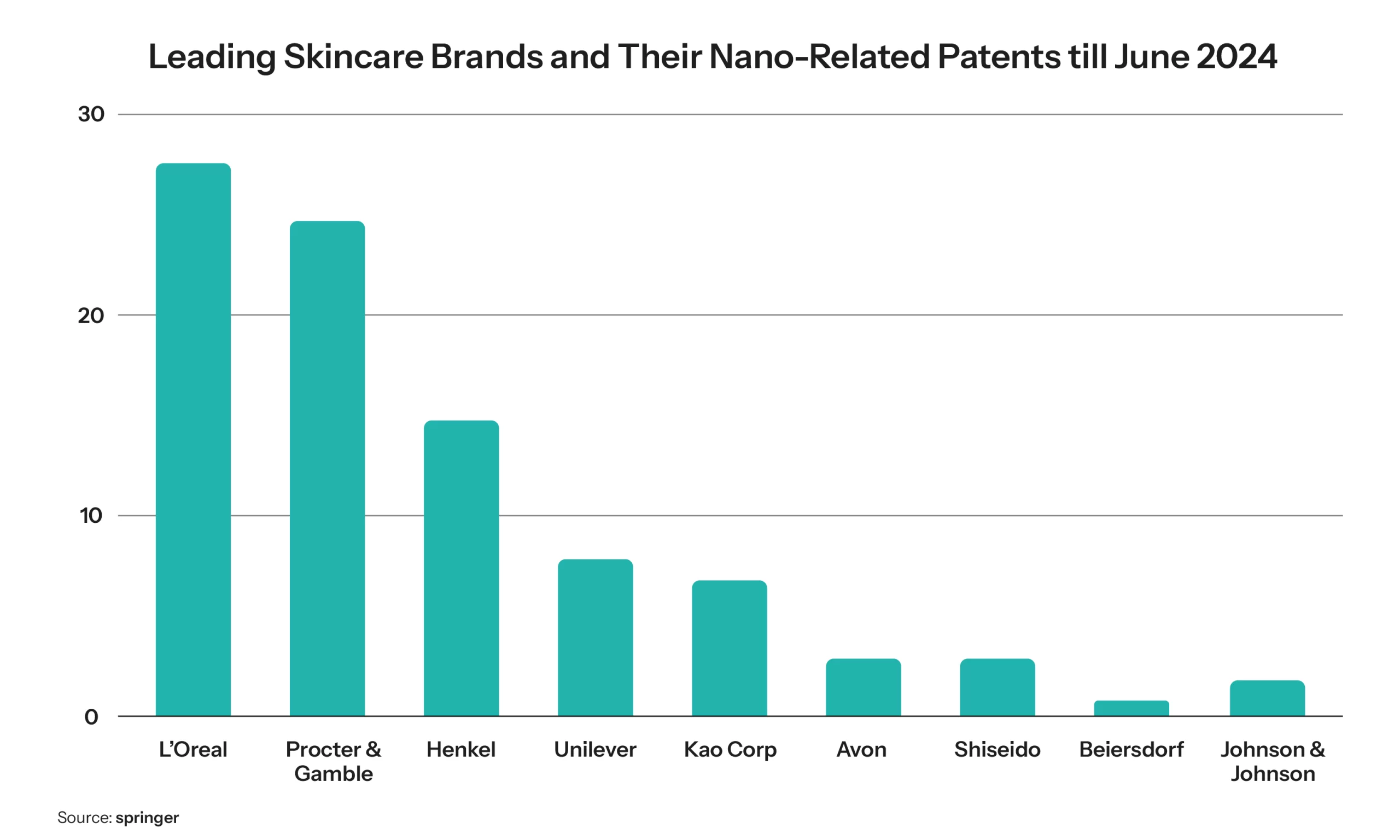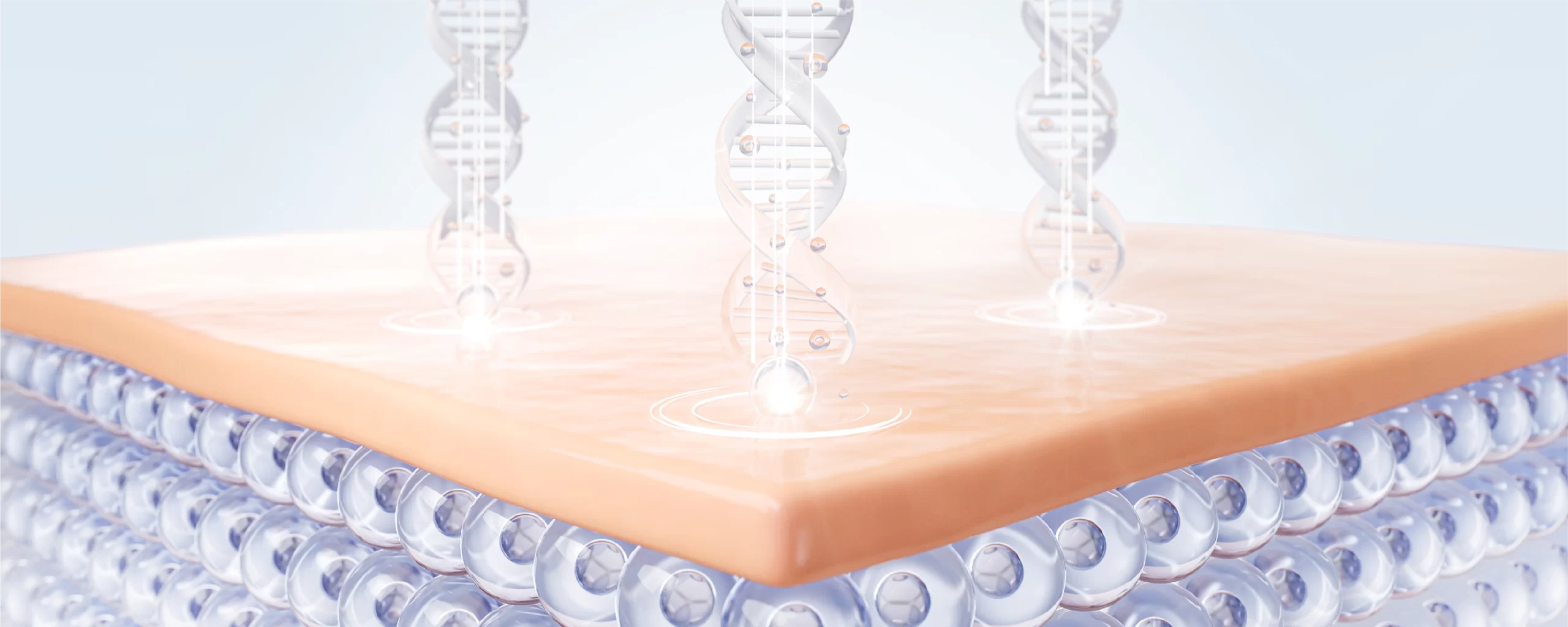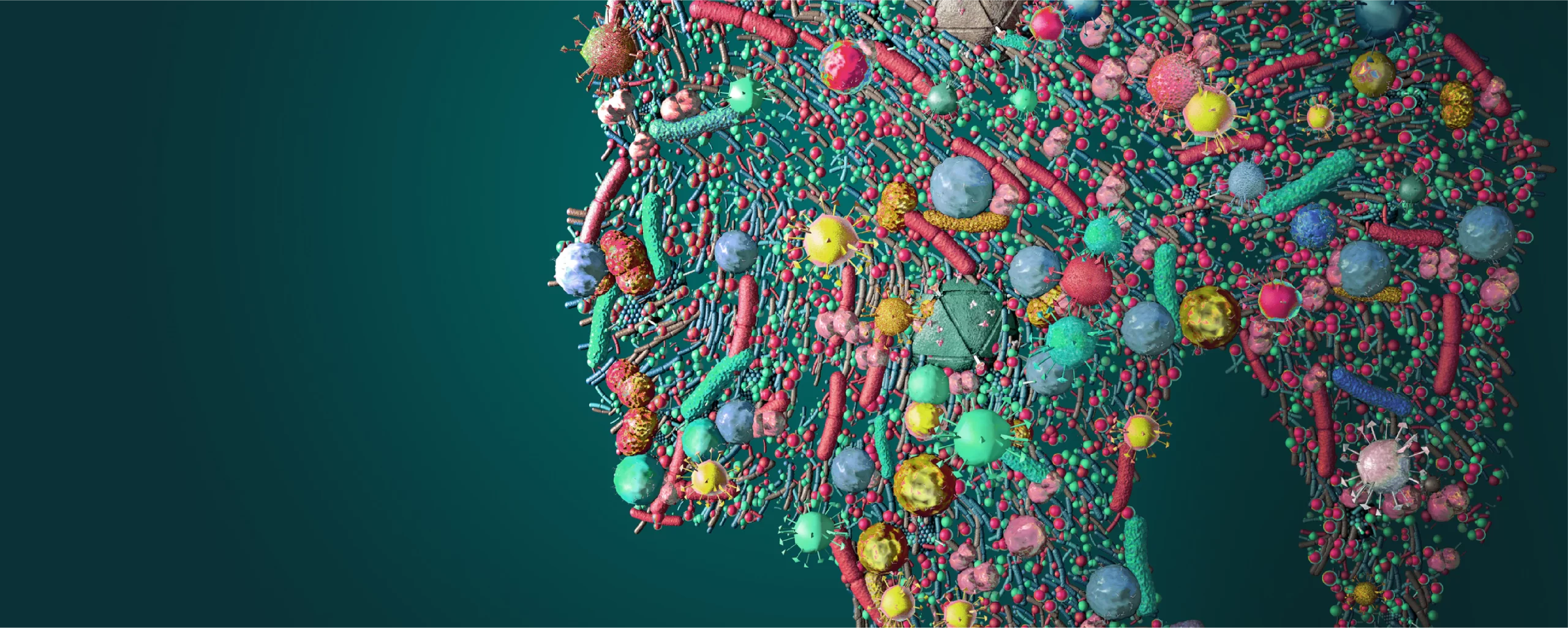Advanced Skincare Delivery Systems: Technologies and Research Landscape
Delivery systems are the primary determinants of how effectively key ingredients will be distributed into the skin. Conventional skincare delivery systems encapsulate the active molecules and release the contents as they come into contact with the skin. However, this leads to large deposits of the product on the surface, leaving it to the skin’s capacity to absorb the product. An unreliable and inefficient method of product distribution.
Nevertheless, the next generation of delivery systems promises to address these gaps and deliver the active ingredients exactly to the site where their therapeutic effects are needed. They are opening the doors to personalized solutions in the skincare industry that were previously unattainable with traditional methods. In this write-up, we assess the latest research advancements of the past few years that are setting the stage for increasingly sophisticated, tailored, and effective skincare.
Skincare Delivery Systems – Latest Research Advancements
Microneedle Patch Technology
Microneedle patches, a novel transdermal delivery approach, enable the delivery of bioactive substances, such as cellular vesicles, cytokines, gene fragments, and live algae, to the deepest layers of the skin. These patches utilize micro-sized needles to penetrate the skin surface and create microchannels, ensuring the delivery of therapeutic substances to precise locations. From anti-cancer drugs, exosomes, and genes to the delivery of bioactive molecules, these patches promise higher treatment efficacy with fewer side effects. The scope of their use extends from therapeutic skincare to wound healing, photoaging treatment, protein delivery, and many other applications. Nevertheless, there are still some gaps that need to be filled with further research and validation in this context. Here are some of the common formats they are being used in skincare treatments:
- Exosome Delivery Applications: As the role of exosomes in anti-aging treatments expands, their carrier mechanisms are also being investigated for enhanced efficacy. Microneedle patches have been particularly useful in this context, as they carry lipids, metabolites, proteins, and nucleic acids in the form of extracellular vesicles to the target site. They are known for targeting multiple aging hallmarks simultaneously through improved cellular communications and repair processes.
- Protein Delivery Systems: Advanced microneedle patches effectively deliver proteins in the form of adipose collagen fragments (ACF) to target skin cells, where they release the required amounts of adipokines, including fibroblast growth factors, transforming growth factor-β, and adiponectin. These adipokines play a crucial role in reducing oxidative stress, promoting collagen synthesis, and enhancing the vitality of fibroblasts.
- Novel Biological Delivery Systems: One of the most important breakthroughs in microneedle patches development has been their ability to deliver live microalgae to the deepest layers of the skin. It has been one of the most crucial tools in reversing photoaging. The uninterrupted photosynthesis by algae in the skin provides additional oxygen, which reduces reactive oxygen species, mitigates inflammatory environments, regenerates collagen, and significantly smoothes wrinkles.
| Hydrogel | Agent | Effect |
|---|---|---|
| ADSC-EVs MN | Adipose-derived stem cell-derived extracellular vesicles (ADSC-EVs) | Improving epidermal structure and function of photoaging skin. (improving the content of collagen) |
| COL1A1-EVs-MN | mRNA encoding for extracellular-matrix α1 type-I collagen (COL1A1); hyaluronic acid (HA) | Collagen protein-replacement therapy |
| ACF-MN | Adipose collagen fragments (ACF); gelatin | Preventing ROS accumulation and inducing antioxidase production, inducing neovascularization, and reducing apoptosis |
| FGF-2/FGF-21 MN | FGF-2 and FGF-21; HA | Reversing the UV-induced cell senescence. |
| Microalgae-MN | Chlorella (GY-H60); HA | Antioxidant and anti-inflammatory, enhancing collagen regeneration |
| DA-MNP (clinical trial) | HA; acetyl octapeptide-3, L-ascorbic acid 2-glucoside, and sodium cyclic lysophosphatidic acid | Manufactured via DEN® skincare technology, improving eye wrinkles, reducing trans-epidermal water loss (TEWL), enhancing skin elasticity, and lifting |
Nanocarriers
With their high stability, lower cytotoxicity, and high biocompatibility, nanocarriers are revolutionizing the skincare landscape. They are primarily proving their mettle in the delivery of active ingredients, with a focus on achieving deep penetration, minimizing toxicity, and controlling release. They are enabling a tailored approach in several ways. Here are the major ones:
- Liposomes: Liposomes are minimally sized vesicles with two or more phospholipid bilayers that encapsulate an aqueous core. They are currently being deemed as perfect carriers for both hydrophobic and hydrophilic compounds. They have wide applications in daily skincare regimens, including water-resistant sunscreens, moisturizers, anti-wrinkle creams, antioxidants, and vitamin supplements. Further research is now being conducted for their use in perfumes, body mists, lipsticks, deos, and botanicals.
- Dendrimer: These are polymeric nanostructures that measure less than 100nm around a core entity. The branching units around them are arranged in a layered pattern, denoting the size, growth, and microenvironment inside them. Dendrimers have the ability to intermingle with the skin bilayer, thereby improving the drug’s skin accessibility. It is an innovative approach that has been proprietary to several companies for their various applications in cosmetic products.

- Polymersome: These are synthetic vesicles with a hydrophilic inner core and lipophilic outer layer. These are used to encapsulate and shield various vulnerable molecules, including DNA, enzymes, drugs, peptides, and RNA. They are way more stable than liposomes and are currently being investigated for their ability to enhance skin cell activation energy and elasticity.
- Solid Lipid Nanocarrier: These particles can remain steady at human physiological temperatures and have wide use in pharmaceuticals and cosmetics. Their small sizes ensure close contact with the stratum corneum, which increases the diffusion of active molecules into the skin. Additionally, these carriers are resistant to UV radiation, which enables their widespread use in sunscreens, vitamin E-rich skincare formulations, and deodorant applications.
- Carbon Nanotubes: Among the most exceptional materials, they are lightweight, highly robust, semi-metallic in behavior, and possess a highly organized structure. Several government patents are now being restricted for use in cosmetic applications, such as hair color and the delivery of active ingredients.
| Patent Number | Patent Title | Inventor | Types of Nanocarriers |
|---|---|---|---|
| CN 20131499991 | Lactoferrin modified solid lipid nanoparticles, as well as the preparation method and application thereof | Xiaoqun et al | Lactoferrin |
| US 10166187B2 | Curcumin solid lipid particles and methods for their preparation and use | Christopher Diorio, John Lokhnauth | Curcumin |
| KR 101870512B1 | Cosmetic composition containing cordycepin stabilized by solid lipid nanoparticles | Son Southwest Song, Youngsook Park Sun-kyu | Cordycepin |
| EP 20130811630 | Solid lipid nanoparticles of roxithromycin for hair loss or acne | Cal Krysztof, Wosicka Hanna | Roxithromycin |
| US 9375388B2 | Nanoparticle-based cosmetic composition | Rinti Banerjee | Liposomes of folic acid (FA) |
AI-Based Personalization
- Tailored Formulation Techniques: Artificial intelligence has revolutionized skincare by analyzing user data in-depth to provide personalized skincare recommendations. These developments indicate a significant shift from the traditional “one size fits all” approach, as they bring both users and developers closer to custom-tailored solutions.
- Advanced Diagnostics Tools: Along with customized recommendations, diagnostic tools have also undergone significant advancements over the past two to three years. The current array of analysis techniques can assess beyond the surface and recognize issues beneath, genetic predispositions, and the status quo of barrier function.
Challenges
- AI-based Bias and Representation: Algorithms often establish unrealistic beauty standards and exclude diverse skin tones due to their limited training data. Therefore, standardized norms need to be set to address this bias. Additionally, the excessive use of AI filters poses a risk of distorting users’ self-perception and promoting unattainable appearance objectives.
- Microneedles: Accuracy and Manufacturing Complexity – Passive diffusion may lead to inconsistencies in delivery. Additionally, microneedle manufacturers must address challenges related to polymer selection, temperature control, efficacy, and sterilization of needles.
- Bioactive Compound Instability: Proteins tend to degrade quickly in normal emulsions, which reduces their potency. Additionally, large molecules have lower penetration, even with advanced carriers such as hydrogels and nanocarriers.
Last Word
These revolutionary developments are just the tip of the iceberg, but are setting clear trajectories for more refined, personalized, and sophisticated skincare. Most of these concepts are in early stages of development, which implies the need for further validation and research.
It is expected that further R&D and innovation in these areas will pave the way for the environmental sustainability of these delivery systems, with improved biodegradability and compatibility of the carriers. Lastly, further integration of gene therapy, improved sustainability of delivery systems, and convergence of genetics, biological sciences, and material sciences will align this niche with broader environmental considerations.



